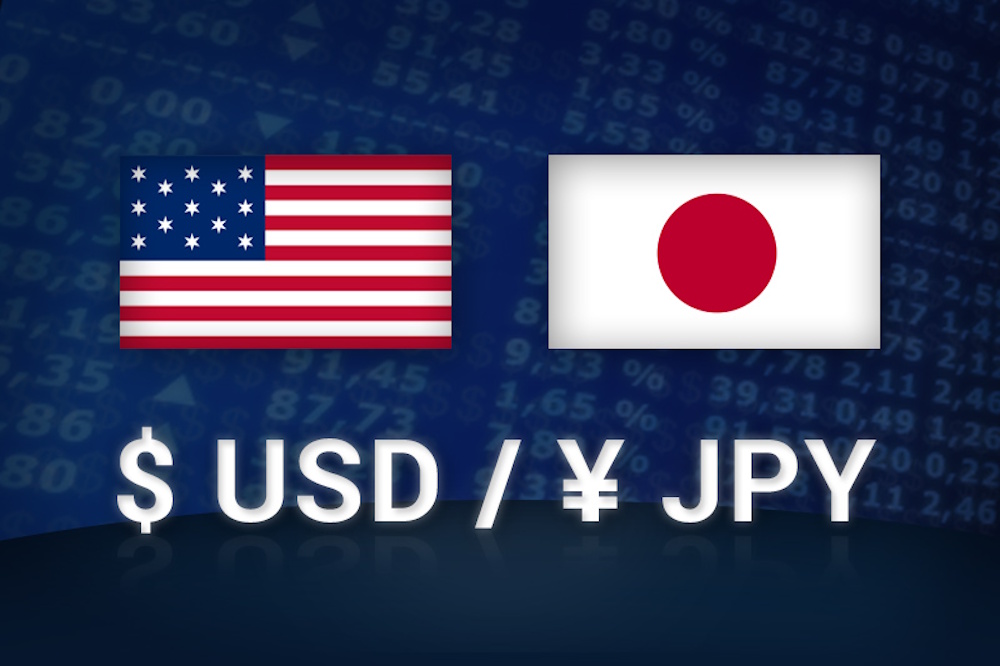The USD/JPY pair is currently positioned at approximately 147.20 in early October, showing signs of recovery after a four-day decline, as the U.S. Dollar has regained its strength despite the government shutdown that has interrupted essential data releases. The unsuccessful attempt to pass a federal spending bill resulted in the cancellation of September’s Nonfarm Payrolls report, compelling traders to depend on ISM Services PMI and private-sector surveys for insights. The current vacuum maintains elevated volatility, as markets are now estimating a 90% probability of a 25bps Fed rate cut in October, along with another adjustment in December, indicating a total policy easing of 50bps by the end of the year.
A source indicates that additional cuts are probable through 2026, despite robust consumer spending and fiscal stimulus. The Federal Reserve has emphasized that employment data holds greater significance than inflation in the current economic cycle. The ADP employment report indicated a decrease of 32,000 in private payrolls for September, heightening worries about increasing unemployment rates. JOLTS job openings and weekly claims have become crucial following multiple downward adjustments in the official payrolls data. Jerome Powell has cautioned that the existing “low hiring, low firing” environment poses a risk of evolving into a more pronounced decline in the labor market.
In the absence of new data indicating resilience, traders are expected to persist in pricing aggressive rate cuts, which may leave USD/JPY vulnerable to additional dollar weakness. Beyond the shutdown, the political landscape remains significant. Markets are preparing for possible shifts within the Fed. If Governor Lisa Cook is ousted and substituted with a more dovish appointee, it may pave the way for a prolonged dovish stance irrespective of the data presented. Powell’s tenure as chair concludes in May, and although he has the option to remain on the board until 2028, historical patterns indicate he might choose to resign ahead of schedule. The potential for a restructured FOMC that places less importance on independence has already triggered hedging activities in dollar markets, as traders remember the “sell America” shock that occurred after Trump’s Liberation Day tariffs in April. The event disrupted the established relationship between USD/JPY and Treasury yields, a connection that is only beginning to reestablish itself now.
While U.S. politics take center stage, Japan encounters its own critical junctures. Inflation has increased, with Tokyo’s CPI surpassing national averages, while the trajectory of wage growth and consumption patterns will be critical in assessing the sustainability of the price cycle. The Bank of Japan caught markets off guard in September as two board members expressed dissent in favor of a rate hike, a rare occurrence under Governor Ueda’s leadership. The dissent increases the likelihood of action in October, with swaps indicating a 50% probability of a hike this month, 80% by November, and almost certainty by January. The market is pricing in a further 25bps increase with a 97% probability by July 2026. The political landscape is significant, as the Liberal Democratic Party leadership election in early October will decide Japan’s next Prime Minister, which could influence fiscal support and the Bank of Japan’s position.
From a technical standpoint, USD/JPY has been largely restricted within the 151.00 resistance and 140.25 support levels throughout the majority of 2025. Frequent reversals from both ends emphasize the significance of the range. Recently, resistance has been encountered around 148.00, coinciding with the 50-week moving average, while robust buying activity has been observed whenever the pair fell below 147.00. A breakdown of the April uptrend was succeeded by a hammer candle, indicating potential upside risks as we approach Q4. Critical resistance points are positioned at 151.00, 158.76, and 161.95, whereas support levels are established at 146.00, 142.50, 140.25, and 138.00. Indicators confirm a shift in sentiment: the RSI has risen above 50, and the MACD has crossed into bullish territory from below, diminishing downside momentum and shifting risks toward a potential modest rebound.

